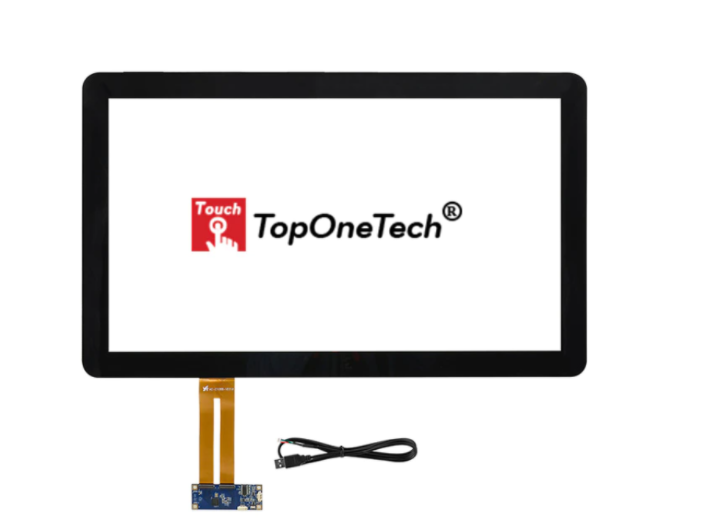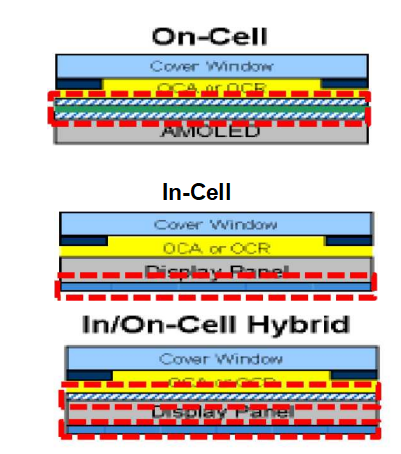As we all know, capacitive touch screen has two bonding methods: full bonding technology (G+G) and frame bonding. The display effects brought by these two lamination processes to our finished products are also different.
The full bonding process of capacitive touch screen - the direct bonding parts of TP and LCM include the VA area (that is, the viewing area) and the part outside the VA area.

So what are the advantages of the full lamination process used in capacitive touch screens?
1. The capacitive touch screen adopts the full lamination process technology to cancel the air between the screens, which helps to reduce the reflection between the display panel and the glass, which can make the screen look more transparent and enhance the display effect of the screen.
2. Using the full lamination technology, the dust will not enter the gap between the screens, and it is more convenient for customers to assemble.
3. The use of full lamination technology can effectively reduce the interference caused by the noise of the display panel to the touch signal.
4. For manufacturers, the use of full lamination technology can reduce the appearance of internal textures on the touch screen (reduction of the shadow).
5. The use of full lamination technology can also make the displayed image more clear, and the image quality is more vivid, allowing consumers to experience the realism of high brightness and high image quality.

Top One Tech's Capacitive Touch Panels (PCAP) build touch solutions with higher accuracy, higher performance and superior optical clarity. Compared to other kinds of PCAPs, they have greater signal strength, which not only brings greater accuracy to our touch solutions, but also faster performance. PCAP touch relies on a very small difference in signal strength between the drive and sense layers to determine where and when a touch occurs on the screen.










